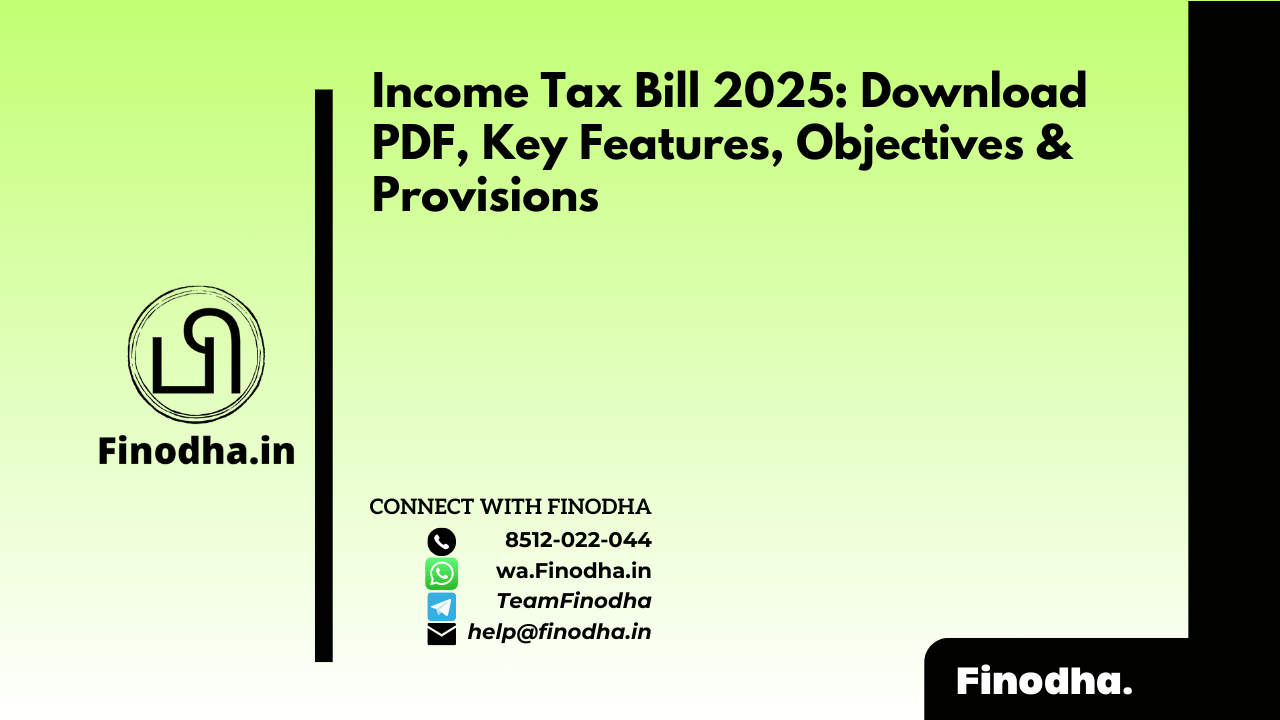Important Keyword: Due date, ITR Form, P&L Statement, Tax Audit, Trading Income, Upstox Traders.
Table of Contents
How to File ITR for Upstox?
As a trader using Upstox, your journey in filing your Income Tax Return (ITR) revolves around the comprehensive Tax P&L Report provided by the platform. This report amalgamates all your trading activities across equities, mutual funds, and derivatives throughout the financial year. Understanding this document is crucial as it determines which ITR form you should file and whether a Tax Audit is applicable.
The Tax P&L Report serves as your compass in navigating the complexities of tax compliance. It outlines your gains and losses from trading, essential for accurate reporting to the Income Tax Department. Based on the report’s insights, you can ascertain the appropriate ITR form that aligns with your trading income profile.
For those new to the process, filing taxes can seem daunting, but with Upstox’s intuitive tools and guidance, the journey becomes more accessible. By leveraging the Tax P&L Report, you gain clarity on your financial obligations, ensuring compliance while maximizing your returns.
Upstox Tax P&L Statement Tabs Explained

For Upstox traders, the applicable Income Tax Return (ITR) form depends on the nature of income earned from trading activities:
- ITR-2: This form is used when the income from trading includes capital gains income. Capital gains can be either short-term or long-term depending on the holding period of the assets traded.
- ITR-3: This form is used when the income from trading includes business income. Business income typically arises when the trading activity is frequent and substantial, resembling a business operation rather than mere investment.
Key Points Upstox:
- If your trading activities result in income categorized as capital gains (whether short-term or long-term), you should file ITR-2.
- If your trading activities qualify as business income (due to frequency, volume, and intention to earn profit), you should file ITR-3.
Due Date for Filing ITR: The due dates for filing Income Tax Returns are specified under Section 139 of the Income Tax Act and are typically:
- 31st July of the assessment year for individuals (unless extended by the tax authorities).
It’s important to file your ITR within the due date to avoid penalties and interest on late filing, if applicable.
Due dates for different category of taxpayers are as follows:
| Category | Due Date |
| Individuals to whom audit is not applicable | 31st July of the Assessment Year |
| Companies | 30th September of the Assessment Year |
| Individuals to whom audit is applicable | 30th September of the Assessment Year |
| Individuals/ HUF who are partners in a firm and firm’s accounts are subject to audit | 30th September of the Assessment Year |
The above due dates can be extended by the IT Department via order.
Tax Audit Applicability
When determining the applicability of Tax Audit under Section 44AB of the Income Tax Act for income derived from trading in shares, securities, commodities, and currencies as business income, it’s crucial to calculate the trading turnover accurately. Here’s how you can approach it:
Definition of Trading Turnover
Trading turnover is computed based on the total of the following:
- Total of Positive and Negative Differences:
- In case of trading in derivatives (like Equity F&O, Commodity Futures, Currency Futures), turnover includes both positive and negative differences.
- Speculative Transactions:
- For equity intraday trading (where delivery does not happen), the total of both buying and selling transactions is considered as turnover.
- Gross Total Income:
- The aggregate of income under all heads like salary, house property, business or profession, capital gains, and income from other sources.
Conditions for Tax Audit Applicability (Budget 2020 Amendment)
According to the Budget 2020 amendment, the turnover limit under Section 44AB has been increased from Rs. 1 crore to Rs. 5 crore for traders in shares, securities, commodities, and currencies, provided the following conditions are met in the financial year:
- Cash Payments: Cash payments do not exceed 5% of the total payments.
- Cash Receipts: Cash receipts do not exceed 5% of the total receipts.
Steps to Calculate Trading Turnover
- Equity Intraday Trading:
- Sum up the total of all buying and selling transactions (including turnover of shares where intraday trading has occurred).
- Equity Futures & Options (F&O):
- Include the absolute value of both positive and negative differences i.e., the sum total of all profits and losses.
- Commodity Trading:
- Compute the total of all transactions (buying and selling) including both profit and loss.
- Currency Trading:
- Similarly, aggregate all transactions (buying and selling) across the currency pairs traded.
Example Calculation:
If you’re trading in equity futures and options:
- Total of all positive and negative differences (absolute value) across all contracts traded during the financial year.
For equity intraday:
- Total of all buy and sell transactions where shares were traded on the same day.
Read More: How to File ITR Form for Share khan?
Web Stories: How to File ITR Form for Share khan?
Official Income Tax Return filing website: https://incometaxindia.gov.in/




